"joint venture brands' struggle with intelligence is a bias"
In recent years, the new energy vehicle industry has experienced rapid growth in the Chinese market, with the market share of new energy vehicles steadily rising to around 50%. During this period, many domestic brands have achieved significant advancements by leveraging their strong performance in the new energy market.
In contrast to the strong performance of many domestic brands, the transition to new energy vehicles for many joint venture brands has not been smooth. Both brand recognition and product sales have been unsatisfactory. A significant reason for this is that their new energy vehicles' level of intelligence and driver assistance solutions are not on par with those of domestic brands. These product features are precisely what Chinese consumers are keenly pursuing.
As a result, when new car-making forces enthusiastically discuss topics related to intelligence such as smart cockpits and advanced driver-assistance systems, many joint venture brands still focus their promotional efforts on chassis tuning and engine performance. Additionally, their global integrated development model struggles to quickly adapt to the specific needs of the Chinese market, along with the differences in consumer demand for automotive products and inefficient decision-making mechanisms, collectively leading to joint ventures being almost uniformly labeled as "lagging in intelligence."
After reflecting on their mistakes, the joint venture brands decided to embrace Chinese consumers.
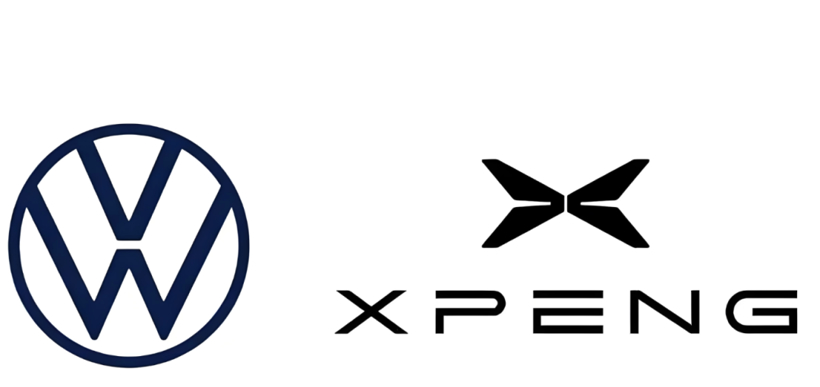
Faced with shortcomings in intelligence, they have successively adopted their own ways to embark on a diversified path of technological breakthroughs—some choose to cooperate with Chinese enterprises to develop new cars; some opt to directly adopt the advanced technologies of Chinese enterprises; while others choose a longer but more stable path of independent research and development. All roads, ultimately, lead to winning the hearts of Chinese consumers.
After several years of development, the joint venture camp, eager to shed the label of "lagging in intelligence," is striving to prove itself by introducing one new model after another, hoping people will reassess its true capabilities. The article's title is a reflection of this phenomenon.
01Joint venture brands are eager to prove themselves.
"Joint venture brands not doing well in intelligentization is a prejudice."
At the launch event of Buick's Zhijing series first model — Zhijing L7 on September 15, Xue Haitao, Vice General Manager of SAIC-GM, stated that in his view, the intelligentization level of joint venture brands has greatly improved, and it is time to shed the label of being insufficiently intelligent. Buick, in particular, has reached the industry's top tier in smart electric experience.
Xue Haitao's courage comes from the Buick Electra, this mid-to-large-sized extended-range sedan.
As the first flagship sedan of Buick's high-end new energy sub-brand "Zijing," the Zijing L7 is backed by Buick's brand heritage and an investment of hundreds of billions of resources. This new car is born from the so-called million-level "Xiaoyao" architecture, employs "True Dragon" range-extending technology, features the "Xiaoyao Zhixing" assisted driving system, the Momenta R6 flywheel large model, as well as Qualcomm's latest generation SA8775P chip, among a series of product highlights that bring about an upgraded product experience, especially in intelligent electric experience.
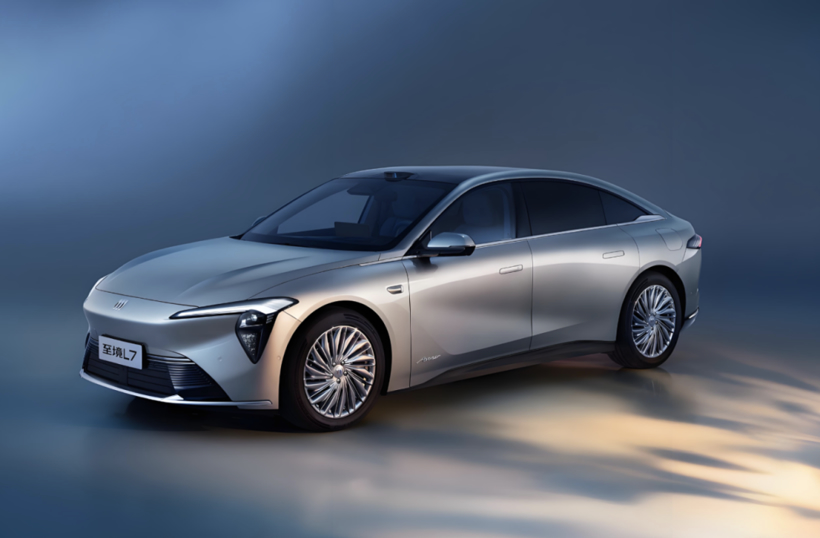
From architecture to range-extending technology routes, from driver assistance systems to the latest generation of chips... with these product highlights integrated into the Zijing L7, the final experience and terminal performance are matters for later discussion. Simply looking at the industry hotspots indicated by these product points, it is easy to see that Buick and even SAIC-GM are making a decisive transformation.
When it comes to range-extended vehicles, although the market performance for these vehicles this year has not been very optimistic, there are still car companies that are continuously launching new models, including traditional brands, new forces, and cross-industry car manufacturers. Intelligent driving assistance is even more essential; it's an investment option that all competitive car companies cannot avoid and is a key consideration for Chinese consumers when purchasing a car. This is also why Huawei's ADS solution and Momenta's solution have risen to prominence in recent years.
Whether it is Buick or other joint venture brands, they have been continuously paying the price for the "lack of attention" from a few years ago.
The ultimate level L7, or the series of technologies and strategies built around the ultimate level L7, is the way SAIC-GM pays the bill. Other joint venture brands also have their own technological breakthrough paths.
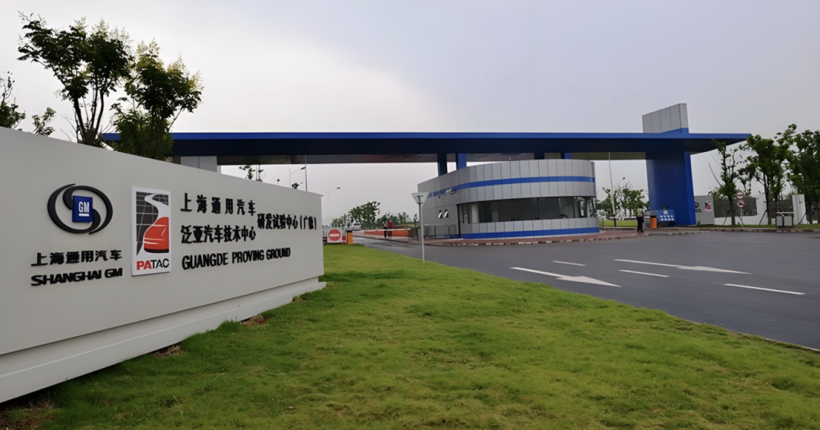
Collaborating with technology companies is undoubtedly the quickest solution. For example, the Volkswagen Group is partnering with XPeng Motors to jointly develop electronic and electrical architectures. These will be integrated into Volkswagen's all-electric vehicle platform in China and will also be deployed in Volkswagen's fuel and plug-in hybrid vehicle platforms in the Chinese market. The strategic technical cooperation between the two parties will expand into broader markets.
At the same time, establishing a local R&D team is another path. For instance, the Pan Asia Technical Automotive Center of SAIC General Motors is a typical example focused on the localization of intelligent network technology development. Volkswagen also invested 1 billion euros to establish a digital sales center in Anhui.
Some brands choose to acquire technology companies to address their own shortcomings. For example, Stellantis Group invested 1.5 billion euros to acquire approximately 20% equity in Leapmotor to obtain its intelligent technology. Hyundai Motor acquired Boston Dynamics to strengthen its robotics technology reserves.
These layouts demonstrate that joint venture brands are responding to the challenges of smart technology in the Chinese market in a more flexible manner, no longer sticking to the traditional fully independent R&D model.
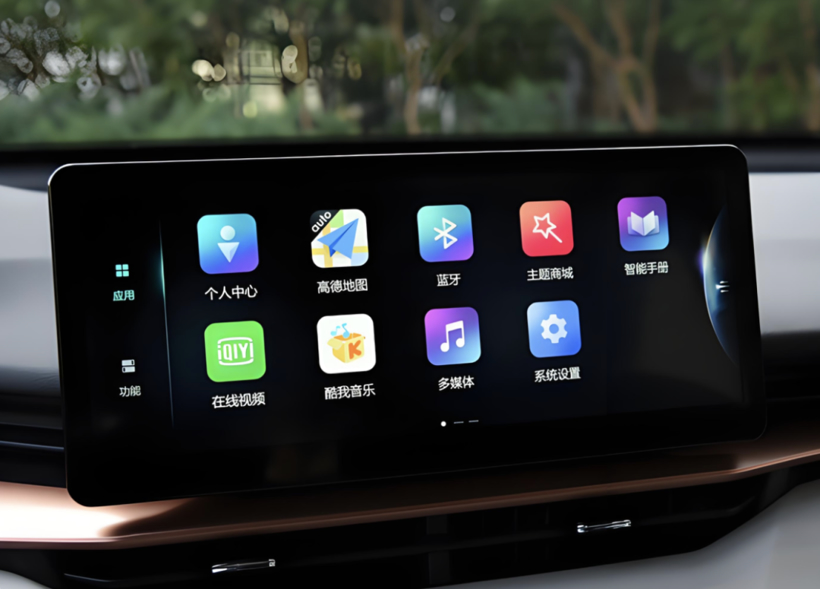
After a period of "refinement," the once cumbersome car multimedia screens, sluggish voice recognition, and rudimentary lane-keeping assistance that had caused many Chinese consumers to scoff are disappearing. In their place are more advanced technologies and models that offer a better experience.
02Can "prejudice" be broken?
So, let's verify the actual performance: how is the level of intelligence in the latest joint venture new energy vehicles?
To assess the intelligent electric capabilities of joint venture new energy vehicles, it is essential to consider traditional joint venture giants like Volkswagen, General Motors, and Toyota. So, what are their latest achievements in new energy vehicle deployment, and how do they perform?
The Volkswagen ID.7 is equipped with the latest ID.OS 2.0 infotainment system, which represents a significant improvement over earlier ID series models. The voice recognition response speed has been greatly enhanced, the user interface is more intuitive, and it supports multi-scenario gesture control functions. Compared with a few years ago, when Volkswagen models were delayed due to system issues, these advancements are truly impressive.
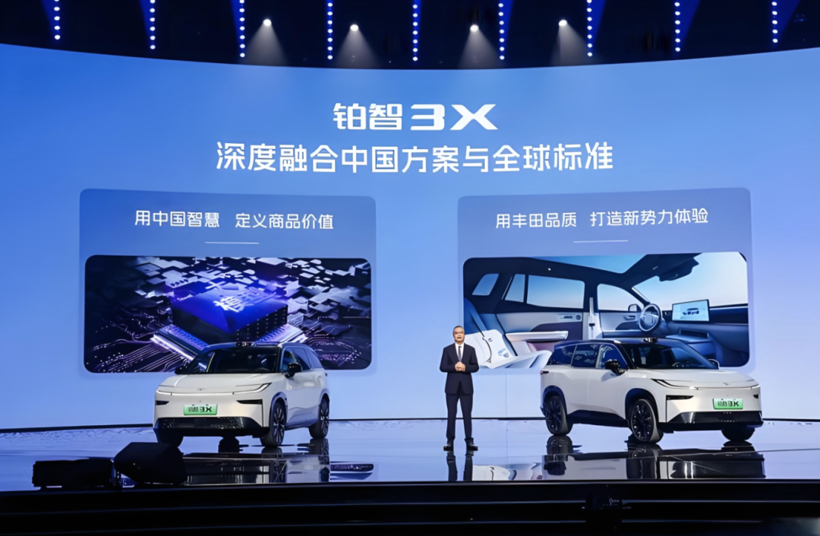
The newly unveiled Buick Zhi Jing L7 is equipped with the Momenta R6 flywheel large model-assisted driving system, which has already achieved urban navigation-assisted driving capabilities. Its performance in cities like Shanghai is close to the level of mainstream new forces. Additionally, this system continuously optimizes algorithms and user experience through a data-driven flywheel evolution.
Additionally, the Toyota bZ4X is equipped with the T-Pilot intelligent driving assistance system, which has accumulated over 10 billion kilometers of safe driving data worldwide, offering a unique advantage in terms of reliability. The Ford Mustang Mach-E uses the BlueCruise active driving assistance system, which scored higher than Tesla's Autopilot in Consumer Reports evaluations in the United States, showcasing the deep expertise of traditional car manufacturers in the field of autonomous driving.
Despite the significant progress made, joint venture brands still face many challenges on the path to intelligence.
The primary issue is the ongoing conflict between global strategy and local demands. Multinational car companies need to balance global product consistency with the specific needs of the Chinese market, which often results in domestic models having less advanced intelligent features compared to their overseas versions. Additionally, the disadvantages in data accumulation and algorithm iteration cannot be ignored. Intelligent systems require extensive data training, and the limited number of smart vehicles from joint venture brands in the Chinese market makes it difficult to quickly accelerate the data flywheel.
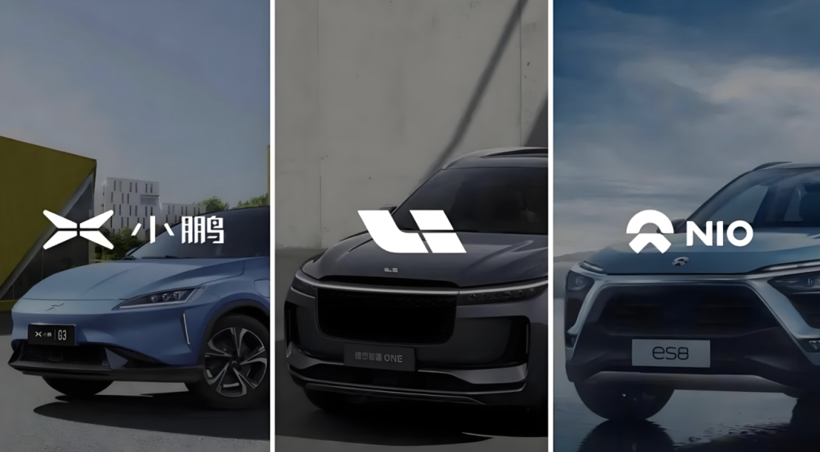
Additionally, issues such as organizational structure and cultural conflicts, as well as cost control pressures, are unavoidable topics that need to be addressed.
However, technological catch-up is only the first step; changing consumer perception requires more time and effort.
Data suggests that most consumers still believe that domestic brands are ahead of joint venture brands in terms of intelligence, and this perception is difficult to completely overturn in the short term.
Joint venture brands need to strengthen technology dissemination and experiential marketing, allowing consumers to personally experience their advancements in intelligence. At the Buick Zijing L7 unveiling event, SAIC-GM Deputy General Manager Xue Haitao stated bluntly, "It's a misconception that joint venture brands cannot do well in intelligence." This is precisely an expression of their efforts in communication.

At the same time, establishing a differentiated advantage is also crucial. Joint venture brands do not need to blindly follow the technological paths of new forces but should instead leverage their strengths in safety, reliability, and quality control to create unique intelligent labels. As the prices of new energy vehicles from joint venture brands become more practical, more consumers are willing to give their products a chance to be experienced, thereby objectively evaluating their level of intelligence.
Overall, the competition in intelligence is not a sprint but a marathon. Joint venture brands, with their global R&D resources, supply chain advantages, and manufacturing experience, still have the opportunity to secure a position in long-term competition.
In the future, the intelligent track will undoubtedly present a pattern of diverse competition and unique characteristics. Both independent and joint venture brands will jointly promote the industry's progress through technological innovation. As for now, joint venture new energy vehicles are still on the path of catching up.
【Copyright and Disclaimer】The above information is collected and organized by PlastMatch. The copyright belongs to the original author. This article is reprinted for the purpose of providing more information, and it does not imply that PlastMatch endorses the views expressed in the article or guarantees its accuracy. If there are any errors in the source attribution or if your legitimate rights have been infringed, please contact us, and we will promptly correct or remove the content. If other media, websites, or individuals use the aforementioned content, they must clearly indicate the original source and origin of the work and assume legal responsibility on their own.
Most Popular
-

List Released! Mexico Announces 50% Tariff On 1,371 China Product Categories
-

EU Changes ELV Regulation Again: Recycled Plastic Content Dispute and Exclusion of Bio-Based Plastics
-

Mexico officially imposes tariffs on 1,400 chinese products, with rates up to 50%
-

Clariant Unveils Cost-Cutting Plan Details, Plans to Shut Down Multiple Plants
-

Nissan Cuts Production of New Leaf EV in Half Due to Battery Shortage






